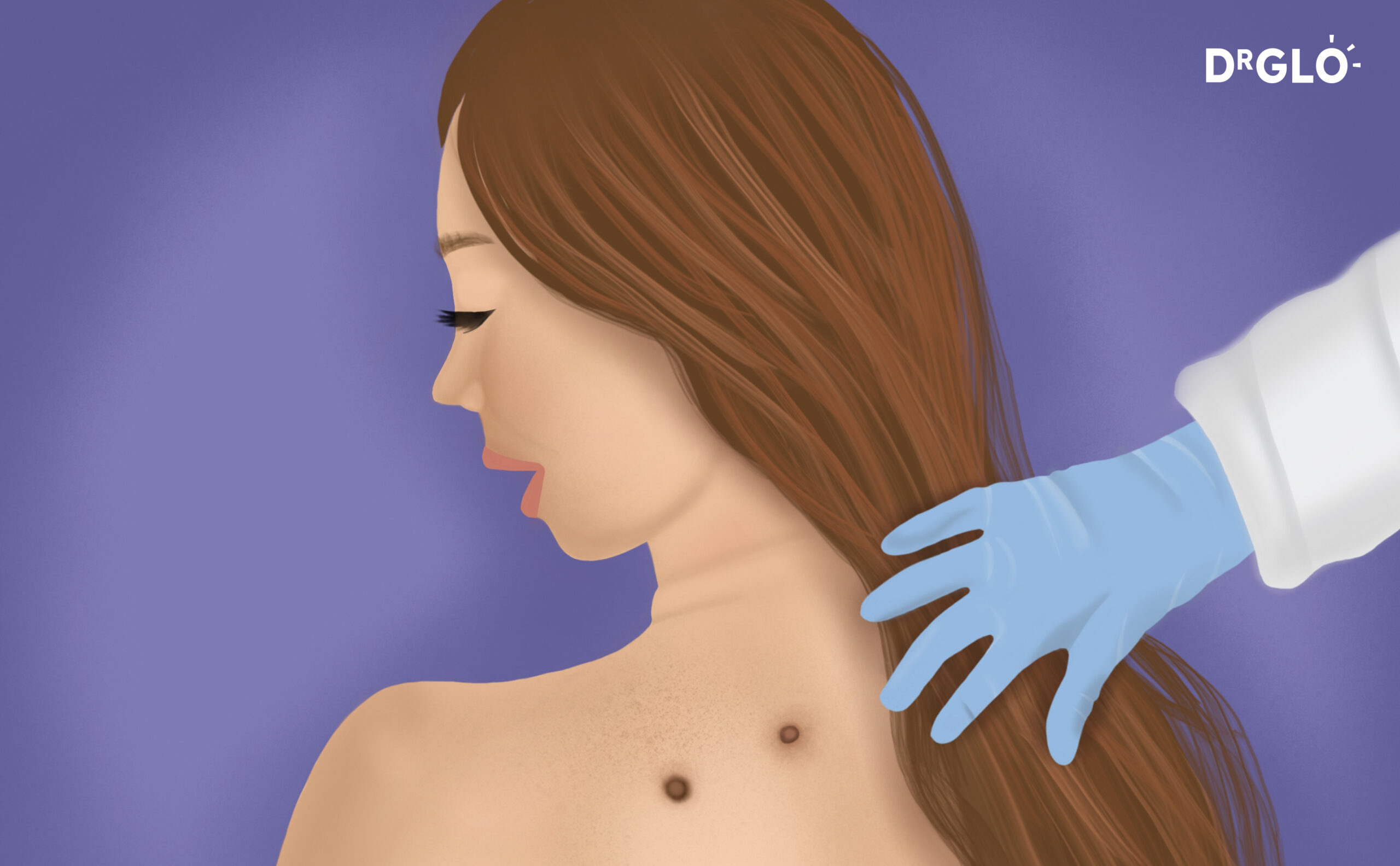
Can you have several melanoma at the same time?
YES it is possible.
A way to think about it is that once you have one melanoma, the chance of having another is more likely. It is not uncommon for patients to be diagnosed with more than one melanomas during a single visit to the doctor especially if patients have not had a skin check before or there has been a significant lapse of time since they have last had their skin checked.
Patients who are at risk of developing multiple primary melanomas often have the following risk factors:
- Plenty of ultraviolet (UV) radiation from the sun or artificial sources (solarium use) and history of sunburns
- Fair skin, hair and eye color. Particularly those with type 1 skin.
- Positive family history of melanoma. Some patients have familial or genetic predisposition.
- Existing personal history of melanoma or non-melanoma skin cancers
- Numerous (>50) normal and abnormal looking (dysplastic) moles
- Lowered immune system from organ transplantation, immunosuppressants use or immunosuppression from pre-exisiting medical conditions
- Advancing age

KEY MESSAGE
Multiple primary melanomas can develop on separate areas of the skin. This is why it is important to have regular skin checks with your doctor. Early detection is key!
SCAN QR CODE TO SHARE THIS ARTICLE
ADVERTISEMENT
 Common Skin Conditions
Common Skin Conditions Paediatric Conditions
Paediatric Conditions Skin Cancer
Skin Cancer Infectious Skin Conditions
Infectious Skin Conditions Other Skin Conditions
Other Skin Conditions Treatment & Management
Treatment & Management Prevention & Skincare
Prevention & Skincare


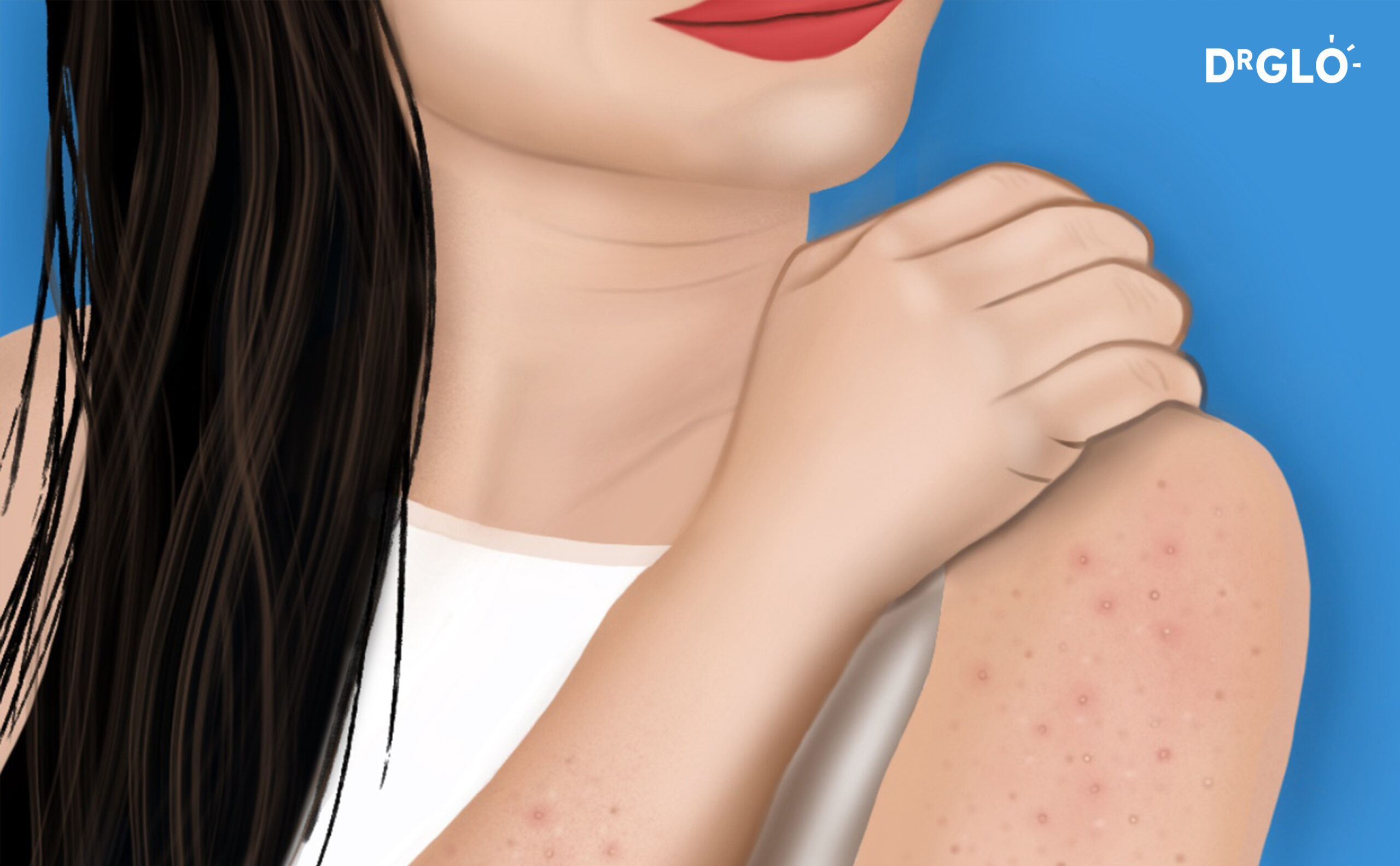

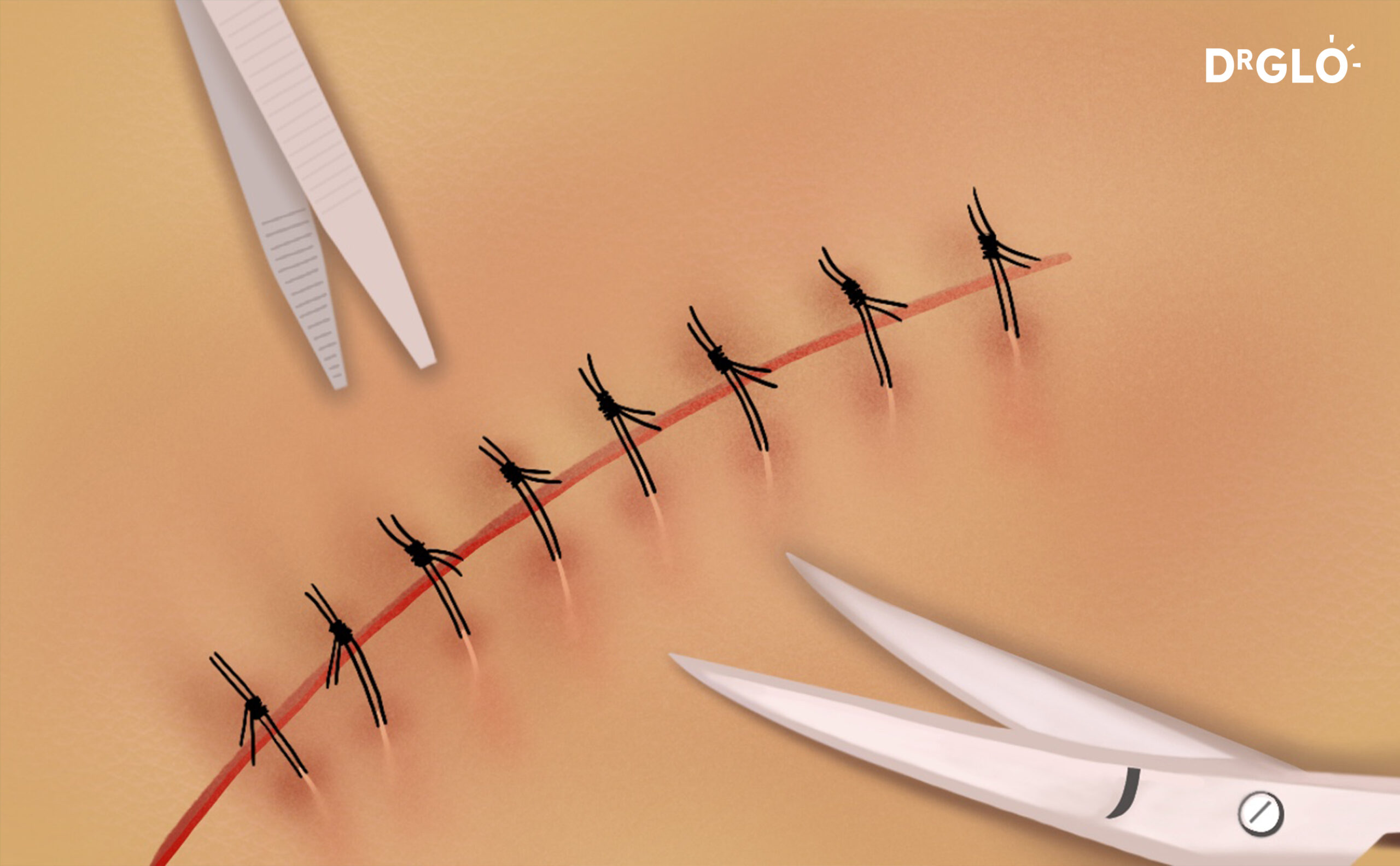
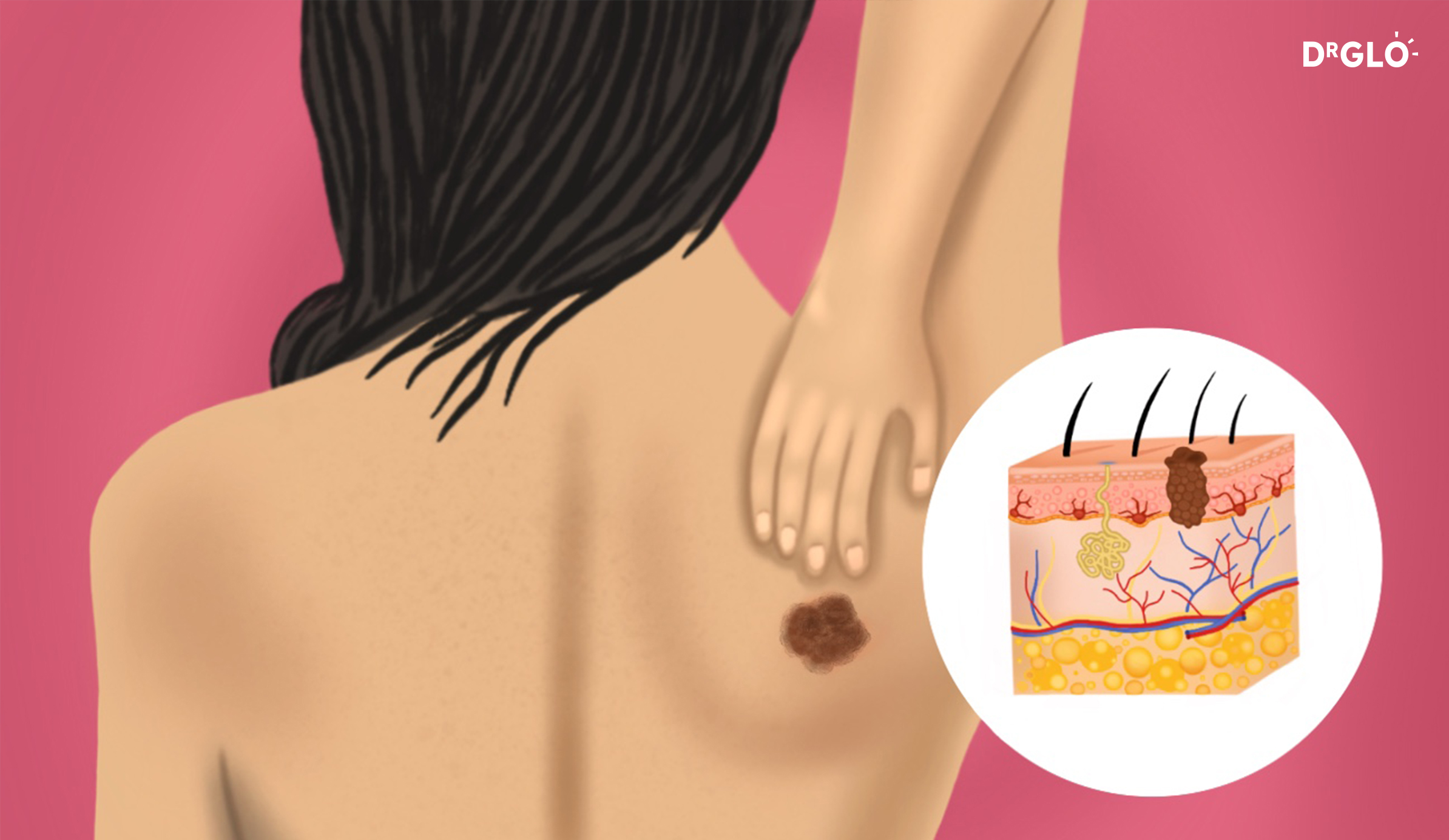
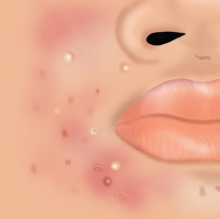

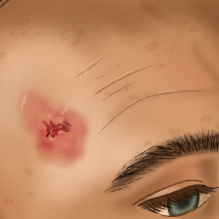

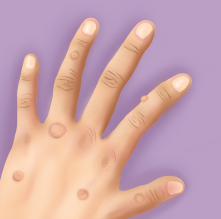

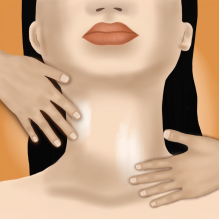
Popular Articles